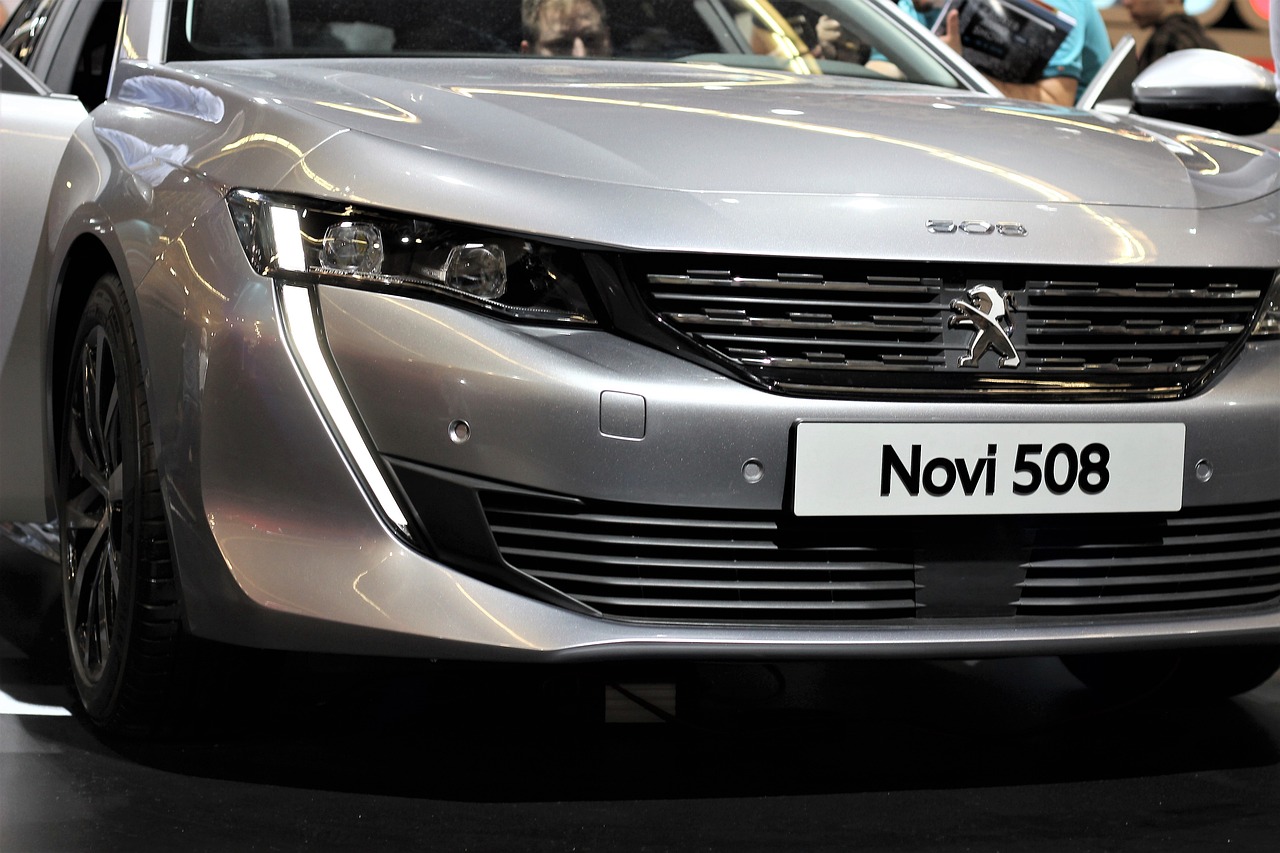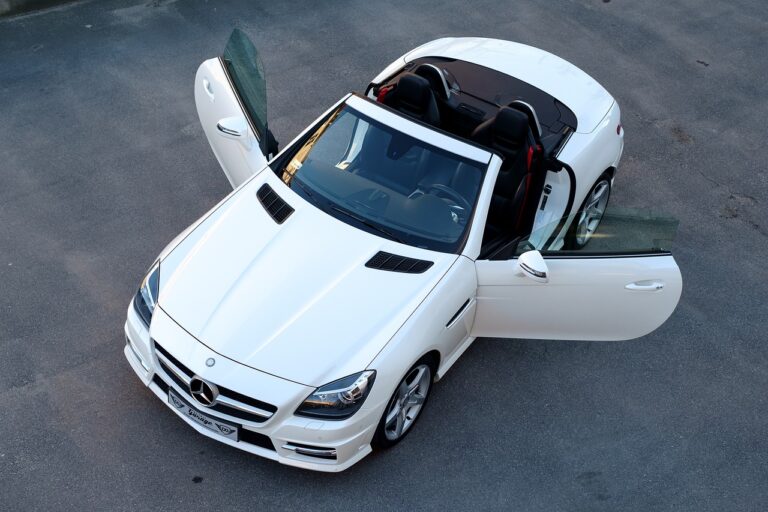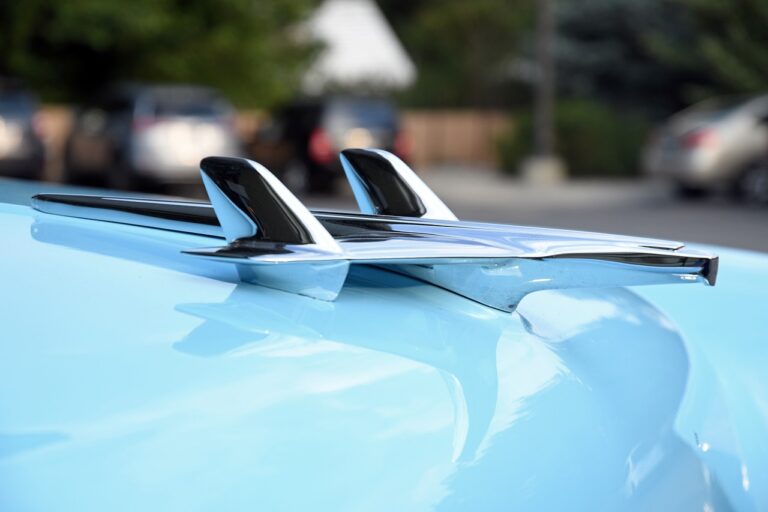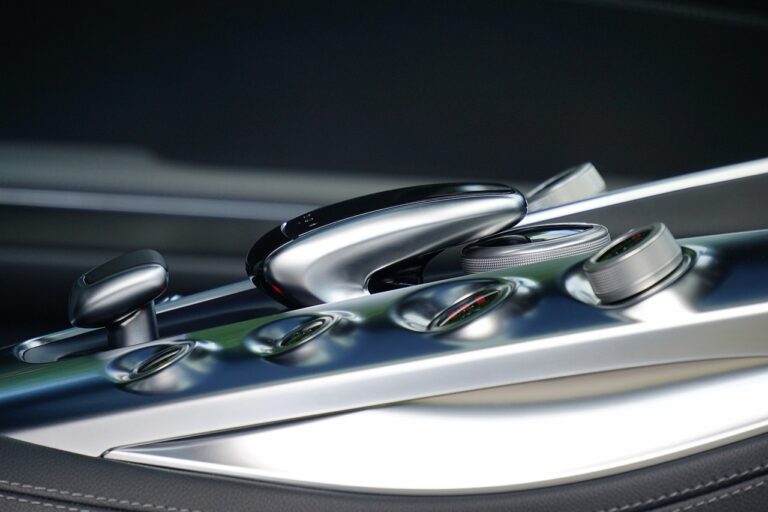The Role of 3D Printing in Car Design
One significant advantage of using 3D printing in car design is the ability to quickly iterate and customize parts. Traditional manufacturing methods often involve long lead times and high costs for producing prototypes, whereas with 3D printing, designers can rapidly create and test various designs without the constraints of traditional tooling processes. This flexibility enables car manufacturers to accelerate the product development cycle and efficiently fine-tune designs to meet specific performance requirements.
In addition, 3D printing allows for greater design complexity and intricacy, leading to lightweight and optimized components in car design. By leveraging additive manufacturing techniques, designers can create geometrically complex structures that may not be achievable with traditional manufacturing methods. This not only enhances the aesthetics of the vehicle but also improves functionality and performance by reducing material usage while maintaining strength and durability.
The Impact of 3D Printing on Prototyping in the Automotive Industry
3D printing has revolutionized the prototyping process in the automotive industry by offering faster and more cost-effective solutions. Traditional prototyping methods often required extensive time and resources, whereas with 3D printing, car manufacturers can now quickly produce physical models of their designs with improved accuracy and detail. This technology allows for rapid iterations and modifications, enabling designers to test different concepts and functionalities at a fraction of the time previously required.
Moreover, the flexibility of 3D printing allows for the creation of complex geometries and intricate designs that would be challenging or impossible to achieve through traditional manufacturing methods. This has opened up new possibilities for creating lightweight yet durable car parts, optimizing performance and fuel efficiency. By leveraging the capabilities of 3D printing in prototyping, automotive companies can accelerate their innovation cycles and bring cutting-edge designs to market faster than ever before.
Innovations in Material Selection for 3D Printed Car Parts
The constant evolution of 3D printing technology has opened up a plethora of possibilities in the automotive industry, particularly in the realm of material selection for car parts. With advancements in additive manufacturing, designers now have access to a wide range of materials to choose from when creating components for vehicles. From traditional materials like plastic and metal to more innovative options such as carbon fiber composites and high-performance polymers, the diversity in material selection allows for increased customization and enhanced performance in 3D printed car parts.
One of the key advantages of the innovations in material selection for 3D printed car parts is the ability to tailor materials to specific functionalities within a vehicle. For instance, components requiring high strength and durability can be printed using materials known for their mechanical properties, while parts needing to be lightweight can be fabricated with advanced lightweight materials. This flexibility in material selection not only contributes to the overall efficiency of the manufacturing process but also enables the production of parts that meet the performance standards required for modern automotive applications.





